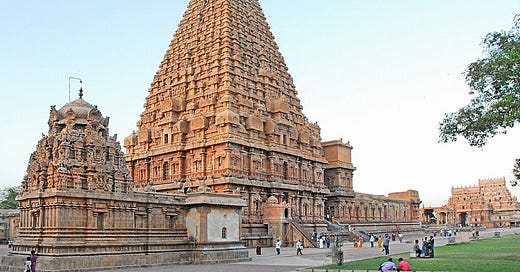The next Dalai Lama, the Chip-and-Joanna casting controversy, and Alabama denies death row requests for a Muslim
Religion links for 7.15.25

Top Story: The Significance of the Next Dalai Lama
The biggest religious succession story so far this year has been the election of Pope Leo XIV. The next big succession story may involve the next Dalai Lama.
As the current Dalai Lama celebrated his 90th birthday on July 6, 2025, his potential successor became one of the most spiritually significant and politically sensitive issues right now in both religion and politics.
A quick explainer: The Dalai Lama, born Tenzin Gyatso in 1935, is the spiritual leader of Tibetan Buddhism, Tibet’s largest tradition. He is considered a reincarnated lama—monks identified him at the age of 2—believed to be the earthly embodiment of the revered, mythic Avolokiteshvara, the Bodhisattva of Compassion. Gyatso lives in Dharamsala, India, today, and has lived in exile since 1959 since fleeing Tibet during China’s violent suppression of a Tibetan uprising.
For Tibet, he’s a spiritual symbol as well as a political icon. He embodies Tibetan identity and the culture’s struggle for autonomy under Chinese rule. He’s the moral leader of the Tibetan people and a global symbol of nonviolence.
But China doesn’t like it.
Keep reading with a 7-day free trial
Subscribe to The Religiverse with Jason Boyett to keep reading this post and get 7 days of free access to the full post archives.




